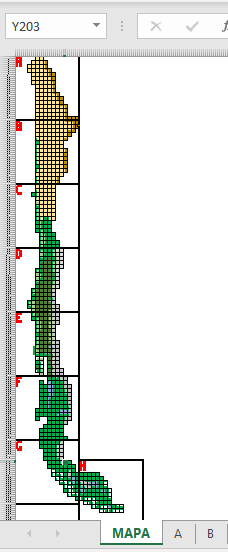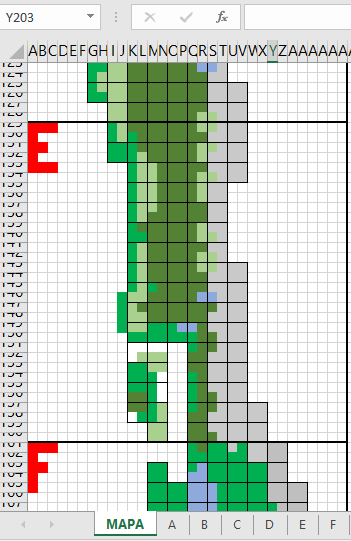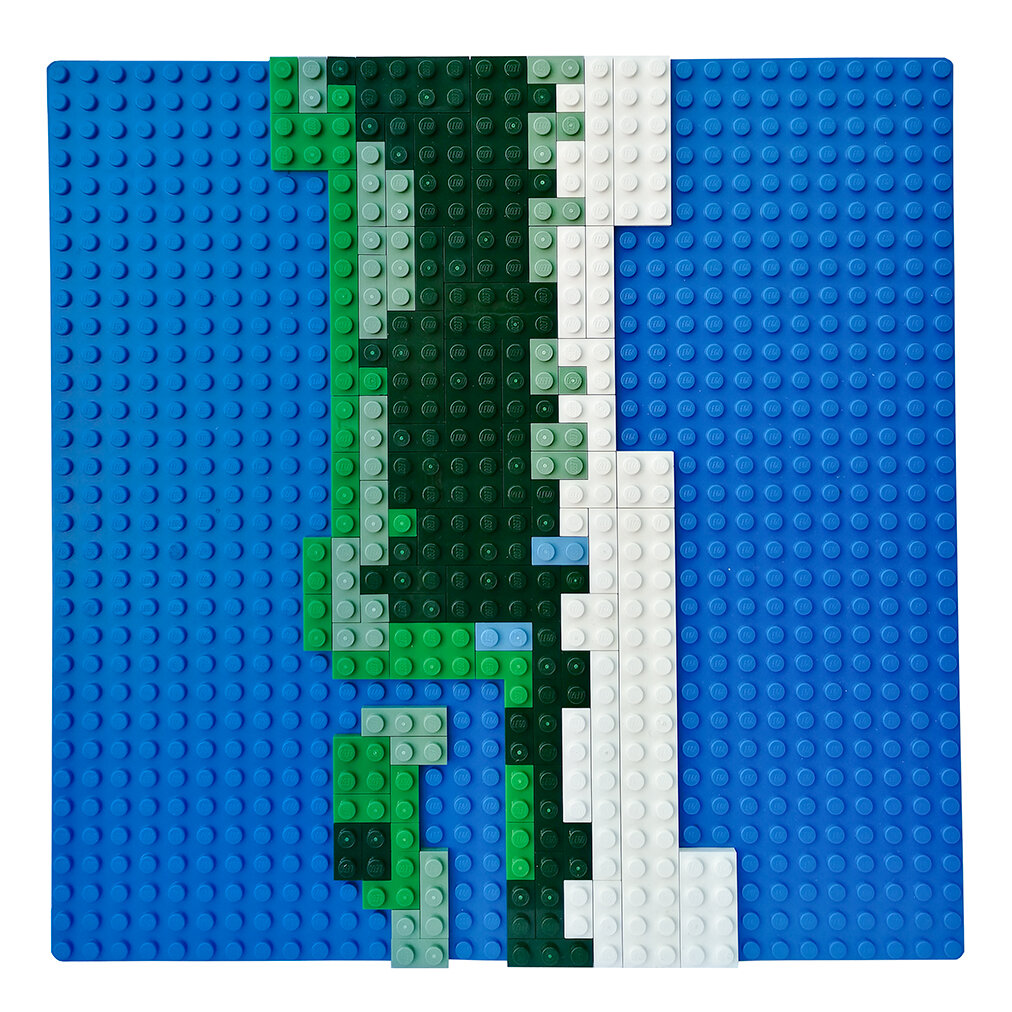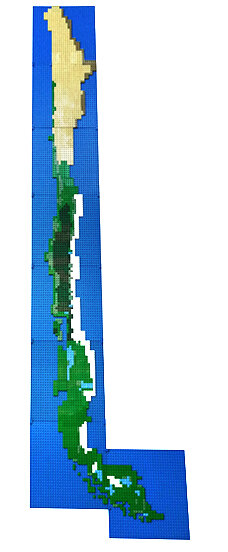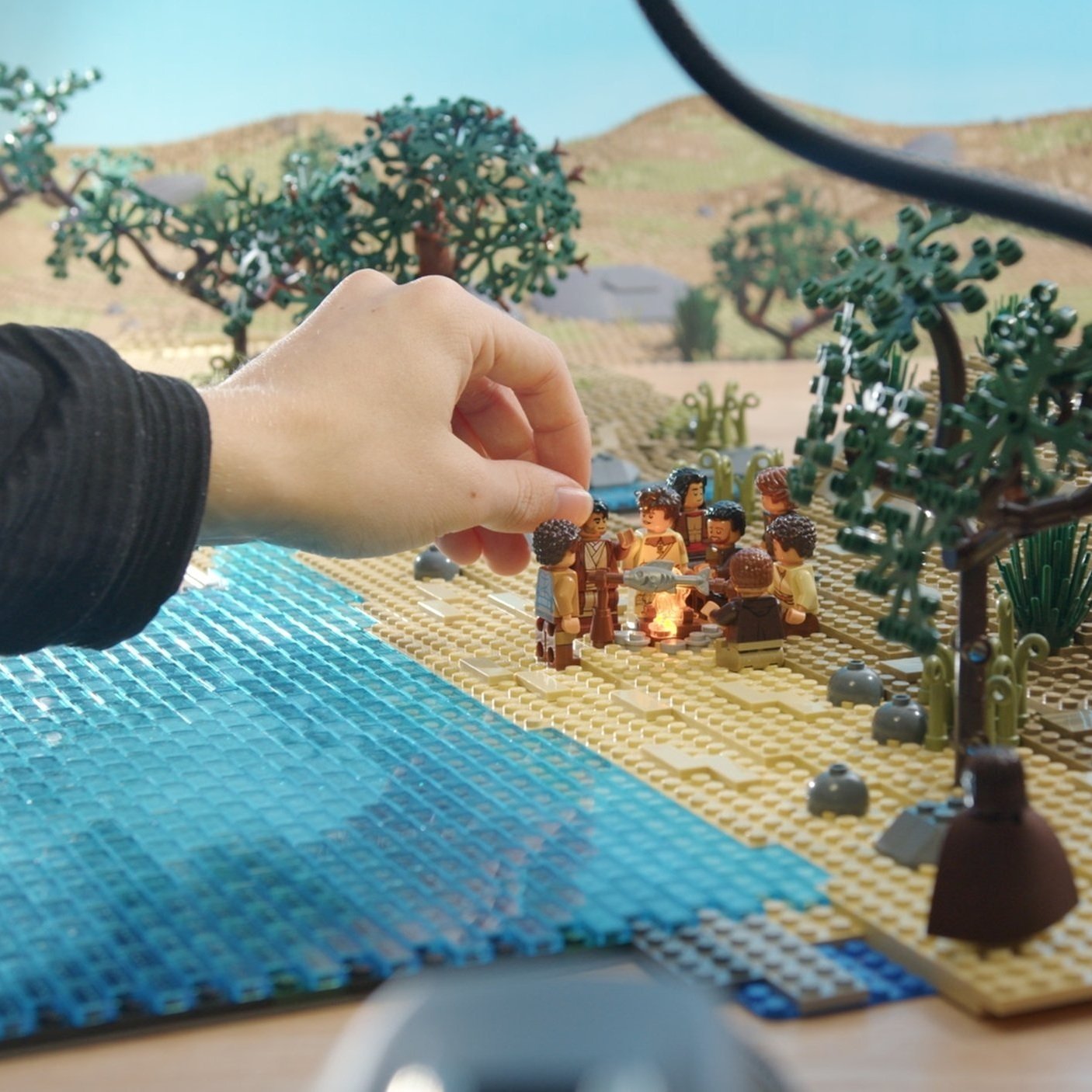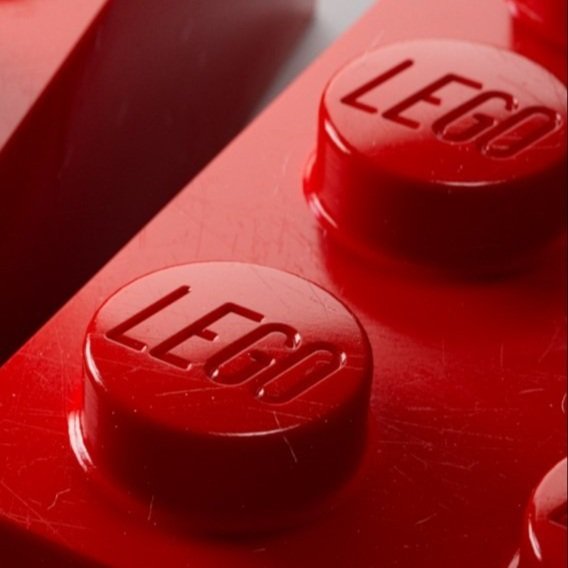LEGO Atlas of the Physical and Political History of Chile, Vol.1
/My hands in Maitencillo greet in Pelequén
My blouse in Perquilauquén catches some small fishes
One foot tangled in San Rosendo crossing a crosswalk
The other foot in Quiriquina sinks out in the open ocean
— Exiliada del Sur, Violeta Parra.
To celebrate Chilean Independence Day, I challenged two builders to create something related to Chile, and they came up with “Chile and Its Wonders.”
The following interview will explore their creations and how they relate to Chile. The interview was conducted in Spanish and then translated.
Sergio: Hi Andrés and Felipe, first off, where do you share your creations online?
Andrés: I use Instagram (@aibricks). I’m on Flickr too (andresignatius) but I use it to mostly share only the best photo or bigger projects.
Felipe: You can find me on Instagram (@achu93bricks) and Flickr (achu93bricks).
Sergio: How did you come up with this specific idea of building a map of Chile and the flora and fauna build we will talk about next?
Andrés: We wanted to build something that would represent the whole country. The first idea was “Native People.” Other ideas were “Traditional Dresses” and “Landmarks“ but we have built all of them before. And suddenly we realized there was no brick-built map of Chile yet.
Sergio: One of the most well-known characteristics of Chile is its length (it is as long as the distance between Lisbon to Moscow). Did you get the right size from the start?
Andrés: The initial idea was to use no more than one baseplate as a width. But that scaling was too small and some detail would be lost—that’s how we ended up using two baseplates (in the south) by zooming 1x1 studs into 2x2 studs.
Sergio: How did you convert the map into bricks? By instinct, using a photo editor or a mosaic software?
Andrés: I used a software that wasn’t designed to make mosaics: a spreadsheet. First I pixelated the map, then I imported it into the spreadsheet, and then Felipe modified the colors and the shape in the southern area. On the first sheet I had the whole map and in the next sheets were each individual baseplate.
Sergio: Can you share more details about the colors? I can guess what the tan/brick yellow and earth green colors represent, but our readers are probably not too familiar with Chile.
Felipe: Well, the brick yellow (tan) represents the Atacama Desert, sand yellow (dark tan) for the summits of Andean Mountains in the north, the earth green (dark green) for Valdivian temperate rain forest, the dark green (regular green) works as a biogeographic wildcard—it helps to make the transition between the desert and the rain forest. Medium blue was used to represent some lakes like General Carrera or Ranco. The white represents the summit of the Andean Mountains in the central and south areas, but also depicts glaciers in the southern area.
Sergio: Which are the animal and plants you chose to represent Chile?
Andrés: The Andean condor (Vultur gryphus), the Chilean huemul (Hippocamelus bisulcus) also known as South Andean deer, Darwin’s frog (Rhinoderma darwinii), the jewel lizard (Liolaemus tenuis), the Chilean flamingo (Phoenicopterus chilensis) and the Copihue (Lapageria rosea) also known as Chilean bellflower.
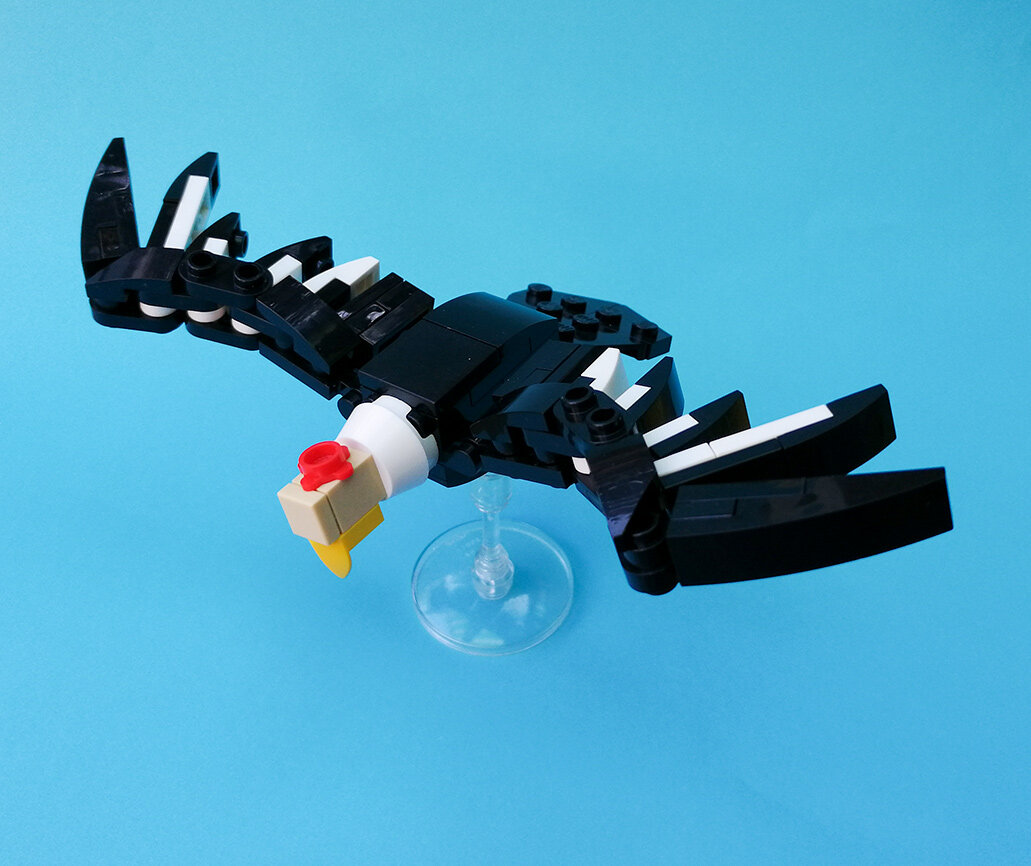
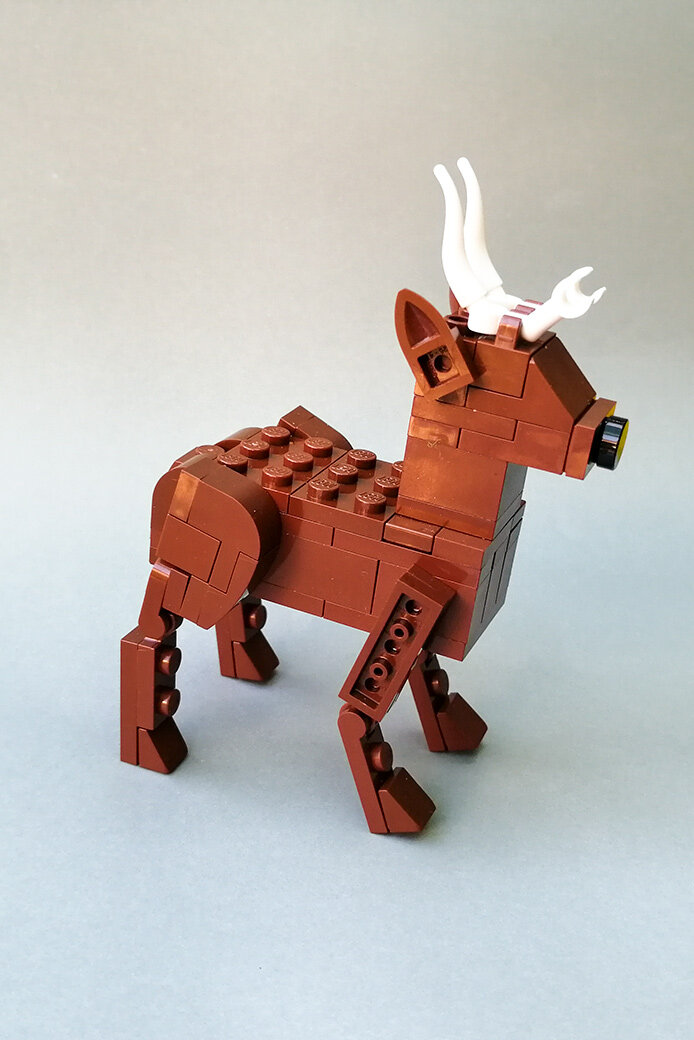
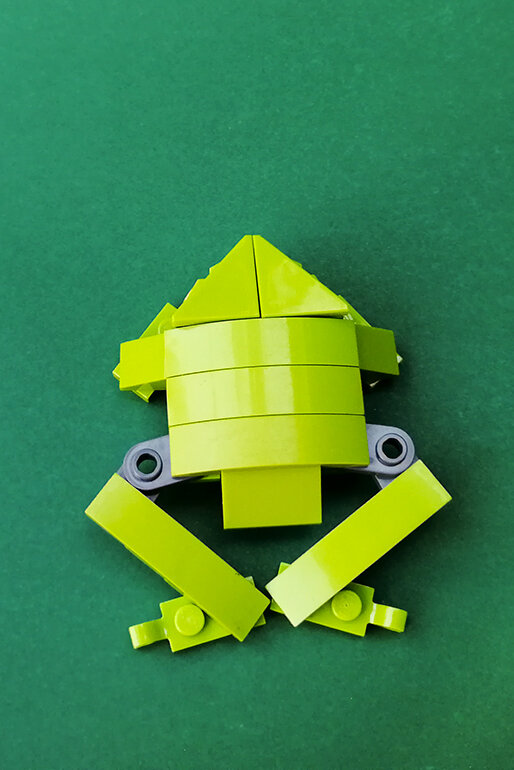
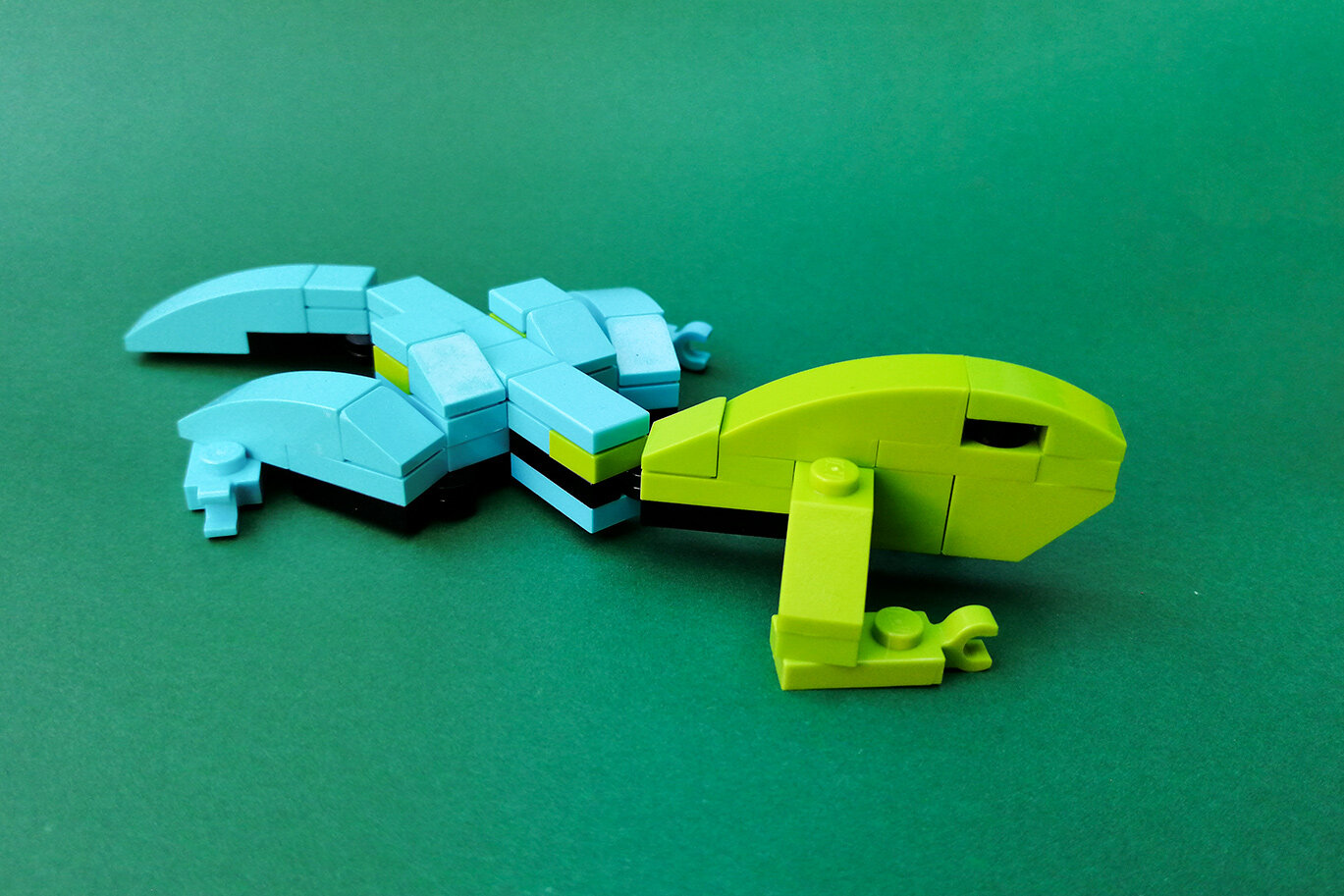
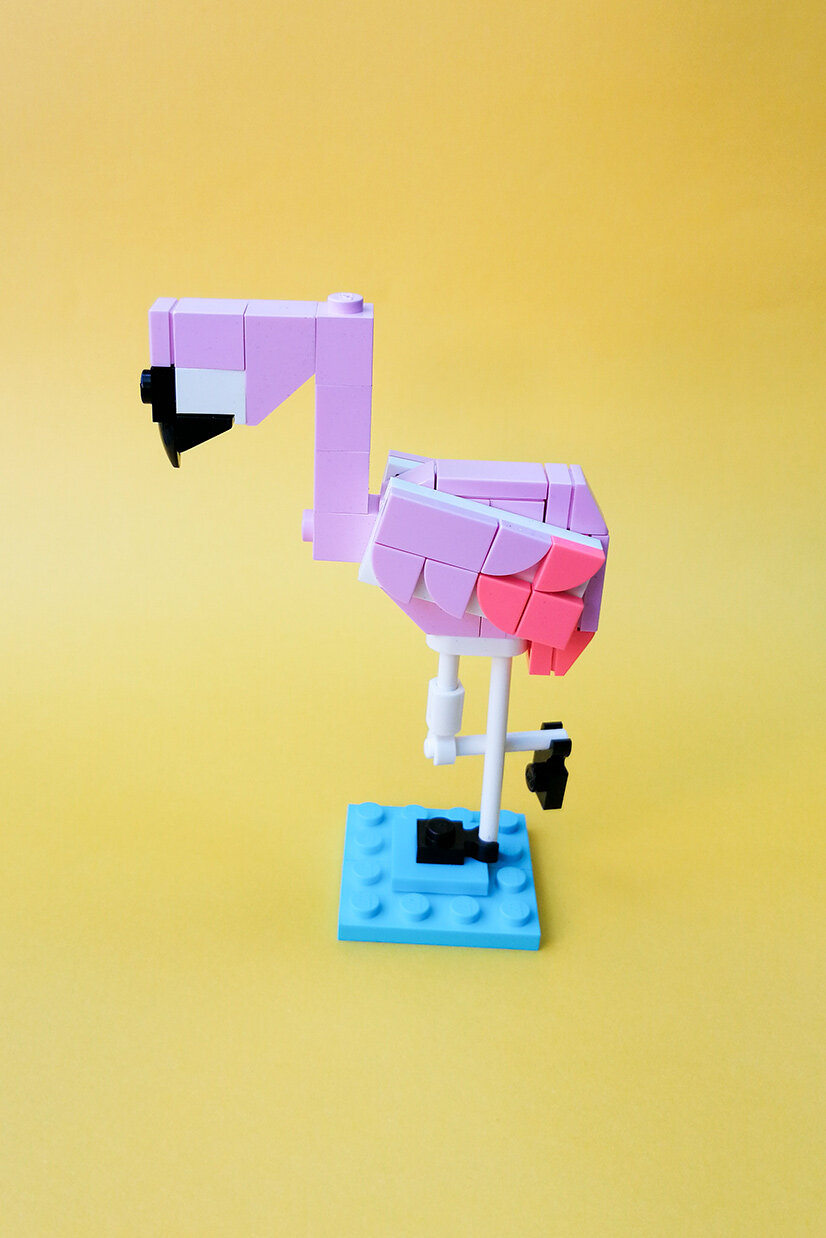

Sergio: What were your criteria for choosing these specific creations?
Andrés: I know Condor and Huemul because they’re in our national coat of arms. That’s why Felipe made a list of our native species.
Felipe: Some animals were chosen because they are easily recognized, but others were a personal matter, for example Darwin’s frog. If we think about biodiversity, mammals and birds get all the attention to the detriment of the amphibians. But if we take a look at the lists of what we wanted to build, the invertebrate are the leaders. The idea is to cover more phylums. I would love the include fishes, marine invertebrates and a marsupial like Monito del monte.
Sergio: The current list is longer than what was built?
Andrés: Yes, the determining factor was, “Do I have the bricks to build it?”
Sergio: That’s certainly an important one. Some countries can’t buy directly from LEGO (neither Pick-a-Brick nor Bricks & Pieces works for us) and buying abroad may take longer than expected.
Andrés: Indeed, that’s why I ended up buying four copies of the small Creative White Bricks set (11012) otherwise the condor wouldn’t have its wings. And then we have delayed launch dates so taking a look at “what sets includes the bricks I need“translates into “what sets includes the bricks I need that are available in Chile.“
Sergio: Do you have any favorite animals or plants that you built?
Andrés: The Andean condor… or Darwin’s frog. The Andean condor because it’s the third time I’ve built it, and I could finally use a technique I saw some time ago from Aaron Newman (the second one was displayed in LEGO House thanks to one of their contests). But I also like the frog’s head shape—it took me a while to figure out how to build it.
Sergio: What are your future plans for this project?
Andrés: The next step will be to build more animals and plants—at least 10 more so we have one species for every region (Chile is currently divided into 16 administrative regions). But we need to pay attention to details. For example, there are nine species of penguins living in the country so we need to find a way to make them different. (Magellanic and Humboldt penguins have different bands below the neck, Emperor and King penguins differ in size, and Macaroni and Southern rockhopper penguins differ in the size of their yellow crest.) And after that, we would love to display it it an exhibition in a museum or other cultural event.
Sergio: And that’s it. Thanks so much for sharing your Chilean heritage with us. Any closing words?
Andrés: Thank you for the interview, it’s exciting to be featured on BrickNerd.
Felipe: I totally agree.
How would you represent your country in LEGO? Leave your thoughts in the comments below.
Do you want to help BrickNerd continue publishing articles like this one? Become a patron like Charlie Stephens, Marc & Liz Puleo, Paige Mueller, Rob Klingberg from Brickstuff, and John and Joshua Hanlon from Beyond the Brick to show your support, get early access, exclusive swag and more.


